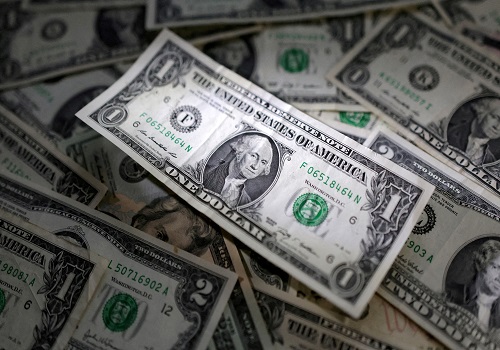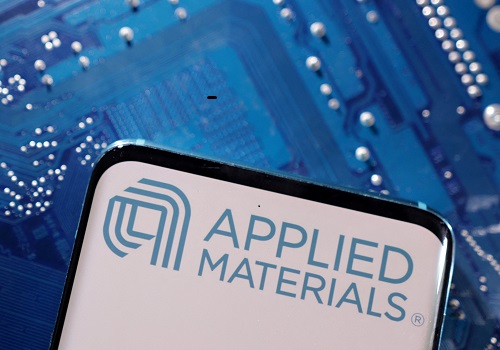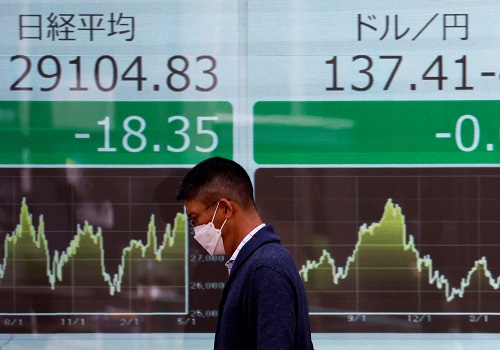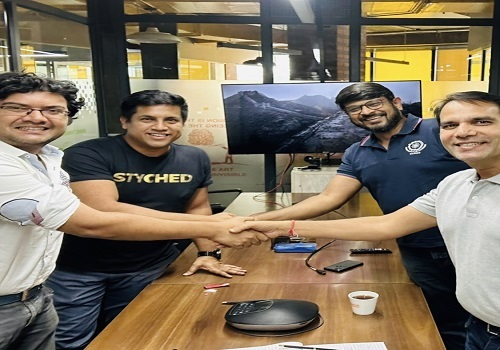Asia stocks slide on U.S. rate worries, dollar ascendant
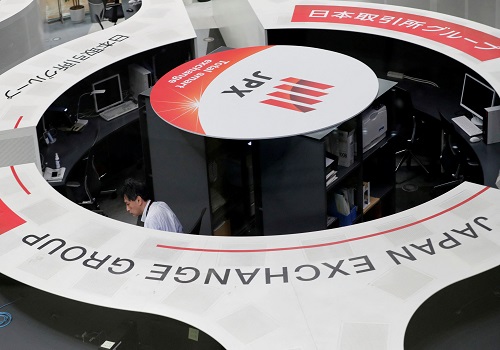
Asian stocks sank on Thursday, extending global equity declines after new signs of sustained inflationary pressures in the United States boosted the case for elevated interest rates for longer.
The U.S. dollar hung close to the highest since mid-March against major peers, and touched a fresh 10-month top to the yen. Long-term Treasury yields hovered near two-week highs near 4.3%.
Brent crude stayed above $90 amid tightening supply, adding to inflation worries.
MSCI's broadest index of Asia-Pacific shares slid 0.45%, following declines on Wall Street and in Europe.
Hong Kong's Hang Seng dropped nearly 1%. Mainland Chinese blue chips sank 0.8%. Australia's benchmark lost 1.1%.
Japan's Nikkei sagged a milder 0.2%, although that put it at risk of snapping an eight-session win streak.
U.S. stock futures pointed to a 0.1% decline, following a 0.7% slide for the S&P 500 overnight.
Wall Street stocks sold off after U.S. data showed the services sector unexpectedly picked up steam in August, suggesting stubborn inflationary forces.
While traders are still fairly certain the Federal Reserve will forego a rate hike this month, they put the risk of one by year-end at closer to a coin toss. A rate cut is not expected until June.
"The data doesn't flip the script, but it shows the war against inflation hasn't been won," said Kyle Rodda, senior financial markets analyst at Capital.com in Melbourne.
"It all goes back to the discussion of where that magical neutral rate happens to be," he said. "While the markets are still feeling around for where that rate may be, it's going to weigh on equities and support the U.S. dollar."
The dollar index - which measures the currency against six developed-market peers, including the yen and euro - was flat at 104.85 after jumping to the highest since March 15 on Wednesday at 105.03.
The dollar earlier touched the highest since Nov. 4 versus the yen at 147.875.
The currency pair tends to move in step with long-term Treasury yields, which stood at 4.29% on Thursday after pushing to the highest since Aug. 23 at 4.306% in the previous session.
The euro, meanwhile, was little changed at $1.0724, following its dip to a three-month trough of $1.0703 on Wednesday.
Elsewhere, the People's Bank of China continued its bid to shore up the yuan by again setting strong official midpoints for the currency.
Despite those efforts, the yuan continues to hover on the weaker side of the closely watched 7.3 per dollar level in offshore trading, last changing hands at 7.3274. It sank to the lowest since early November at 7.3490 in the middle of last month, undercut by a rapidly deteriorating property sector and the risk of spillover into broader markets.
China trade data released Thursday, while not as dire as economists predicted, still showed a nearly 9% slide in exports and a more than 7% drop for imports.
The Australian dollar, which often trades as a proxy for its top trading partner, eased 0.2% to $0.6371, keeping it close to this week's 10-month low.
Crude continued its steady climb of the past two weeks, edging higher amid expectations of a fall in U.S. inventories, after Saudi Arabia and Russia earlier this week extended voluntary supply cuts to year-end. [O/R]
Brent crude futures edged up 12 cents to $90.72 a barrel, while U.S. West Texas Intermediate crude (WTI) futures gained 11 cents to $87.65.
















